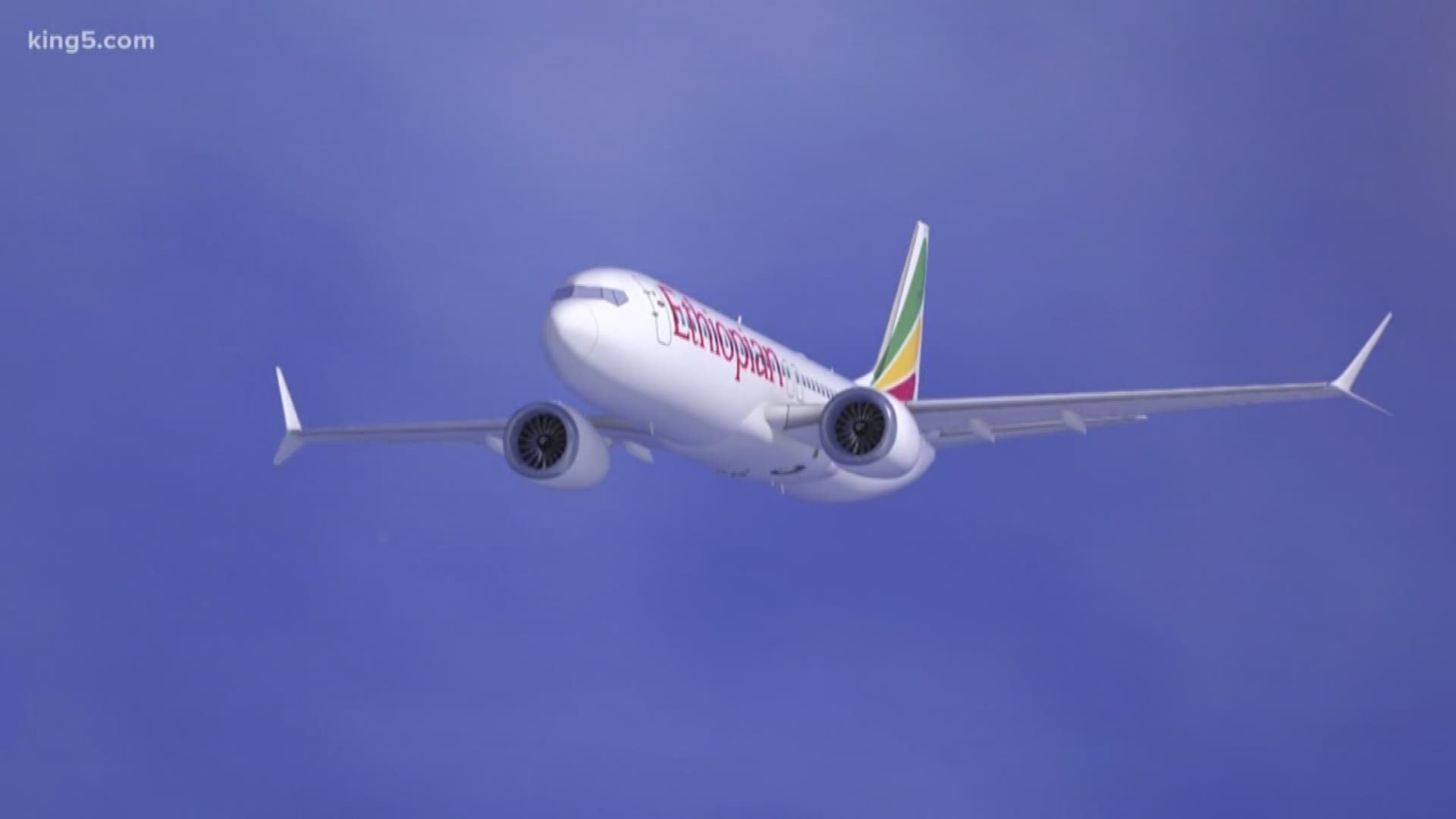Software designed to stop an aerodynamic stall activated four times as Ethiopian Airlines pilots struggled to control their Boeing 737 MAX 8 shortly before the jet slammed into the ground on March 10, 2019.
That's one of many findings in an interim report on the crash released Monday by Ethiopia's Aircraft Accident Investigation Bureau. The crash killed all 157 people on board.
The report makes safety recommendations and gives clues about the cause crash, but an analysis won't be done until a final report expected later this year.
The software called MCAS pushes the nose of the plane down. That touched off the pilots' desperate struggle to regain control of the plane. According to the report released Monday, the pilots de-activated the MCAS software and tried to control a stabilizer on the plane's tail manually.
The report said turning on the MCAS software sent the plane into a nosedive, increasing its descent rate from 100 feet per minute to more than 5,000. Some experts said the air speed of the plane made manual movement impossible.
The plunge from about 14,000 feet couldn't be controlled and the plane crashed about six minutes after takeoff, killing all 157 people aboard, the report said.
Boeing said in a statement obtained by the Associated Press Monday that it is providing technical assistance to support the probe.
“We look forward to reviewing the full details and formal recommendations that will be included in the final report from the Ethiopian Accident Investigation Bureau,” it said.

